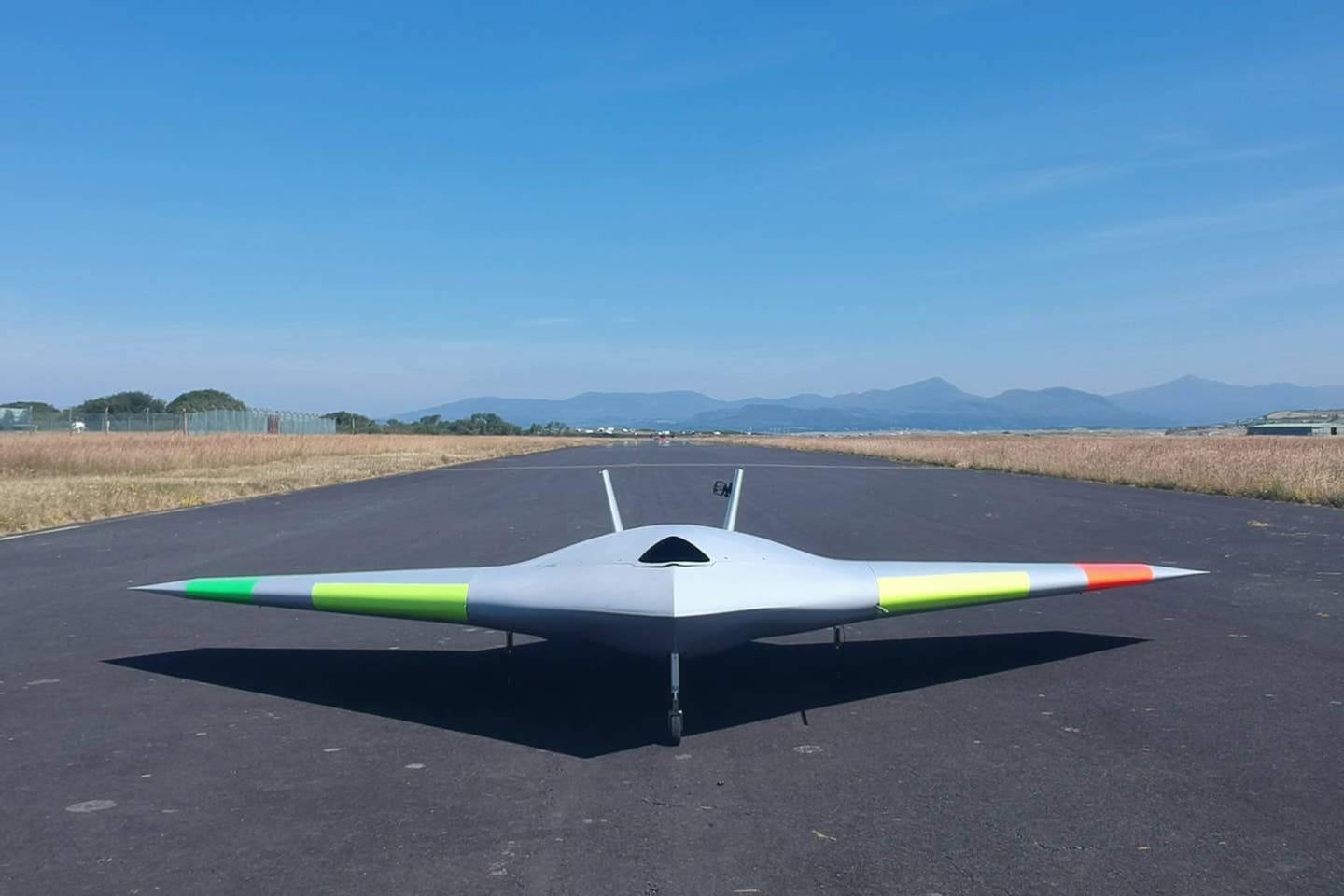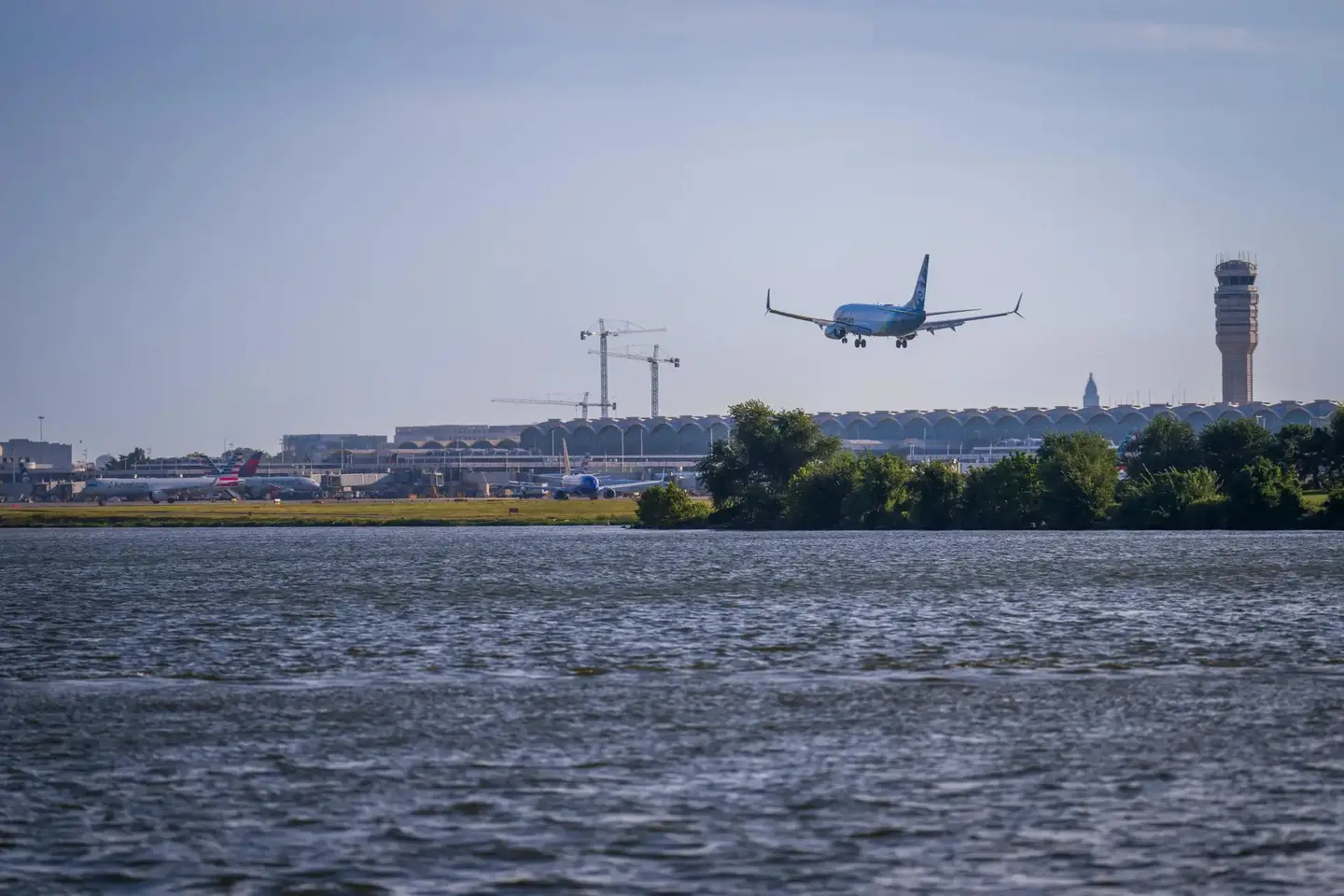
The BAE Systems MAGMA UAV demonstrated maneuvering flight through the use of flow control earlier this year in Wales. BAE Systems
When the Wright Brothers designed the original Flyer, a critical element to their success laid in the refinement of the flight controls they used—wing warping—to guide the craft through the air.
The aerospace industry has evolved the way we physically control flight ever since. And much evolution has taken place under the guidance of DARPA, the Defense Advanced Research Projects Agency (the governmental unit tasked with the development and promotion of leading edge defense technologies). Last week, DARPA announced its latest request for new ideas in the arena of flight controls, seeking those who would contribute to the CRANE (Control of Revolutionary Aircraft with Novel Effecters) program to participate in its Proposers Day on August 26, 2019.
While the general public isn't invited, the invitation alone triggers the imagination: "The CRANE program seeks to design, build, and flight test a new and novel aircraft that incorporates Active Flow Control (AFC) technologies as a primary design consideration. Decades of investment have matured AFC component technologies and the ability to predict aerodynamic effects for a range of flow control actuators. Some of the envisioned AFC applications include: elimination of moving control surfaces for stability & control (S&C), takeoff and landing performance, high lift flight, thick airfoil efficiency, and enhanced high altitude performance. By optimizing an aircraft for AFC from a clean sheet approach, CRANE matures and demonstrates new trade spaces for future aircraft designs."
An airplane that can maneuver without elevators, ailerons, or other traditional control surfaces? That will be the result, if CRANE delivers on its mission. BAE Systems reported earlier this year that it had successfully flown a UAV using flow control in Wales—so the race has already begun.

Sign-up for newsletters & special offers!
Get the latest FLYING stories & special offers delivered directly to your inbox






